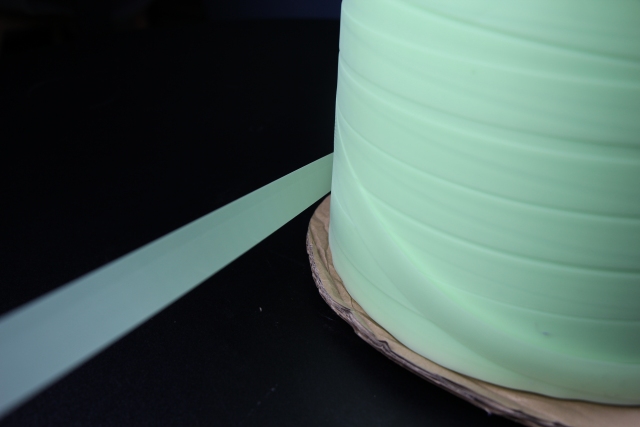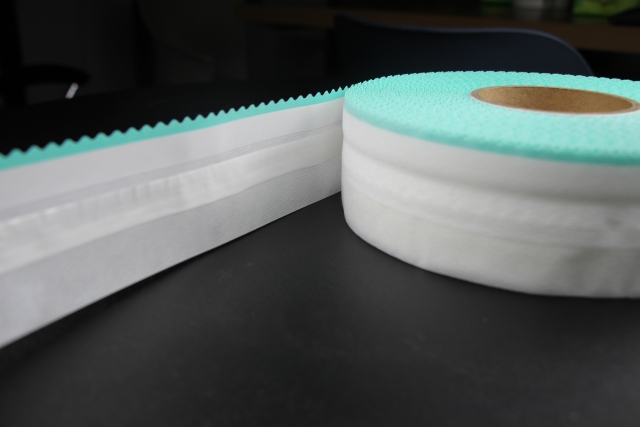Author:Hengdaxin Diaper Material SupplierFROM:Diaper Materials Manufacturer TIME:2024-08-05
Choosing the right raw materials for pull-up diapers is crucial for ensuring their effectiveness and comfort. Pull-up diapers are designed to provide convenience and leak protection for active toddlers and older children. The quality of raw materials directly impacts the performance, comfort, and overall satisfaction of the product. This article explores the key considerations and factors involved in selecting pull-up diaper raw materials.
The absorbent core is perhaps the most critical component of a pull-up diaper. It is responsible for absorbing and retaining urine, keeping the child dry and comfortable. Materials commonly used in absorbent cores include fluff pulp, superabsorbent polymers (SAP), and sometimes a combination with bio-based materials for sustainability.
The outer cover of a pull-up diaper needs to be breathable yet waterproof to prevent leaks. Common materials used for the outer layer include nonwoven fabrics, which are often spunbond or meltblown. These materials provide a soft touch against the skin while ensuring moisture does not escape.
Elastic materials are essential for providing a snug and comfortable fit around the legs and waist. They help prevent leakage and ensure the diaper moves with the child. Materials like spandex or Lycra are commonly used due to their elasticity and ability to maintain shape even after repeated stretching.
The closure system of pull-up diapers plays a crucial role in ease of use and fit customization. Hook-and-loop fasteners or adhesive tapes are typical choices. These materials need to be strong enough to secure the diaper in place but also easy enough for caregivers to adjust as needed.

Many pull-up diapers include a wetness indicator to signal when the diaper needs changing. These indicators are typically made from materials that change color when wet, such as pH-sensitive dyes. Choosing the right indicator material ensures accurate and timely notification to caregivers.
Breathability in pull-up diapers is essential for maintaining skin health and comfort. Breathable materials allow airflow while still maintaining the diaper's integrity. Perforated films or breathable nonwovens are often used in strategic areas to enhance comfort.
Materials used in pull-up diapers must be gentle on the skin to prevent irritation and discomfort. Manufacturers often choose hypoallergenic and dermatologically tested materials for the inner layers that come into contact with the child's sensitive skin. Cotton-like materials or natural fibers are preferred for their softness.

Increasingly, there is a focus on using sustainable materials in pull-up diapers. This includes sourcing materials from renewable sources, reducing environmental impact throughout the product lifecycle, and exploring biodegradable options. Sustainable raw materials not only appeal to environmentally conscious consumers but also contribute to brand reputation.

Choosing the right raw materials for pull-up diapers involves balancing performance, comfort, safety, and sustainability. Each component—from the absorbent core to the outer cover and closure systems—plays a crucial role in the overall functionality of the diaper. By carefully selecting materials that meet these criteria, manufacturers can create pull-up diapers that offer superior performance and comfort for children while meeting the expectations of caregivers.
This snippet outlines the structure of an article on how to choose raw materials for pull-up diapers. Each section has been divided into paragraphs with appropriate headings, focusing on different aspects critical to the diaper's performance and comfort.